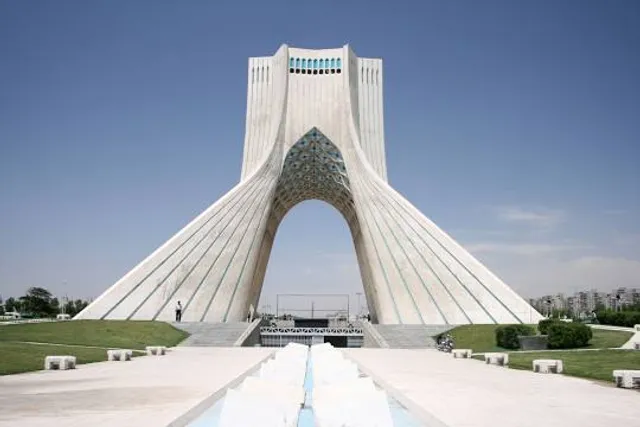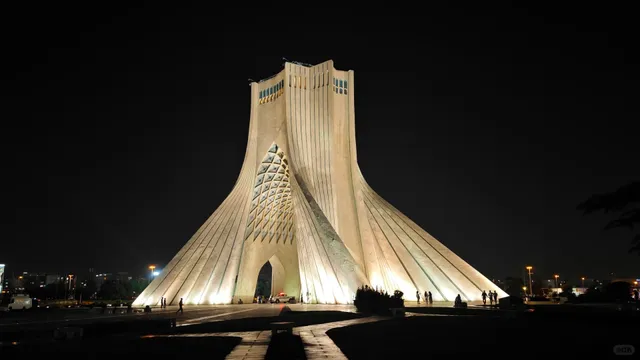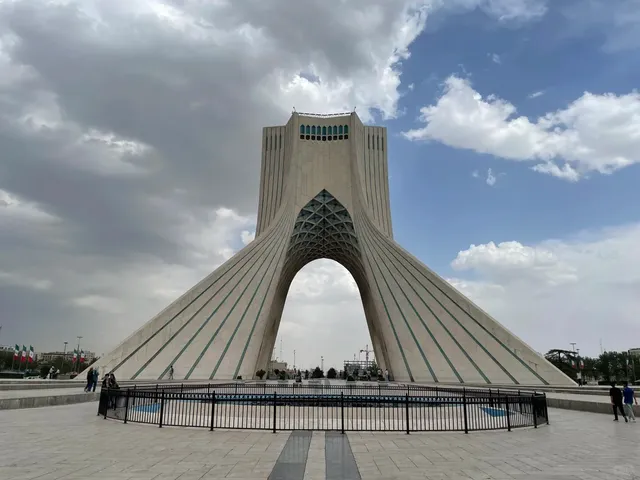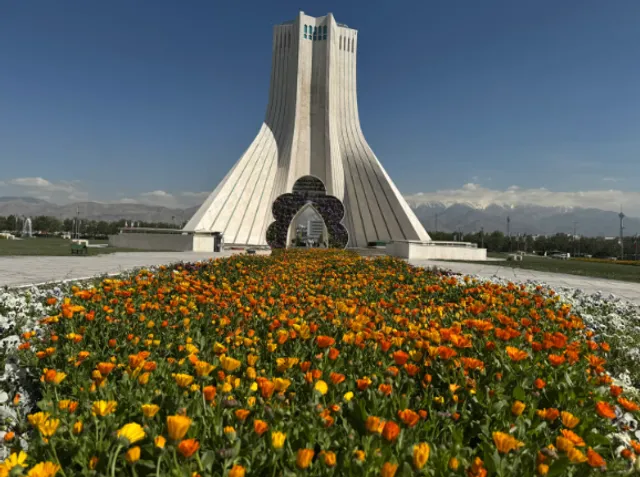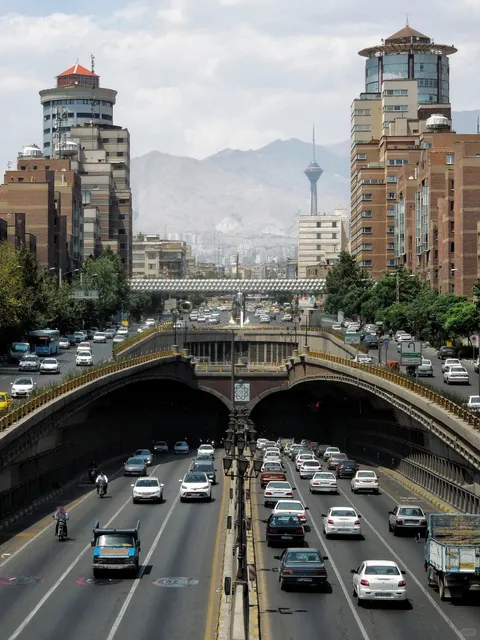🌟 Azadi Square – A Symbolic Gateway to Tehran
I visited Azadi Square in October 2024, and it truly stands out as one of the most iconic and historically meaningful locations in Tehran. Whether you’re a first-time visitor or a returning traveler, this spot deserves your attention—not only for its architectural significance but also for its strategic location surrounded by⸻
🏛️ Azadi Tower: Iran’s Modern Symbol
At the heart of the square stands the Azadi Tower, an impressive structure that gracefully blends traditional Persian and modernist architectural elements. Built in 1971 (then called Shahyad Tower), it has since become a national landmark. The tower is especially captivating at sunset or after dark when the lighting accentuates its elegant curves and white marble surface.
You can walk around the gardens, fountains, and plazas that surround the monument—it’s a great spot for photos, a peaceful stroll, or just enjoying the atmosphere of west Tehran.
⸻
🛣️ Strategic Location & Major Roads
Azadi Square is one of Tehran’s major traffic and transit hubs. It connects several major highways and roads:
• Azadi Avenue (to Enghelab Sq. and central Tehran)
• Lashgari Expressway (leading directly to Mehrabad Airport)
• Saidi Highway (southbound toward southern Tehran)
• Janaat Abad / Jenah Expressway (heading northwest)
• Old and New Karaj Roads (toward the industrial zones and western cities)
You’ll also find the Azadi Metro Station right next to the square (Line 4), and many bus lines and BRT routes pass through here—making it very accessible even without a car.
⸻
✈️ Close to Mehrabad International Airport
One major benefit of Azadi Square is its proximity to Mehrabad Airport, which handles domestic flights across Iran. It’s just a short drive (or even metro ride) from the square, making Azadi a great stop if you’re arriving from another city or have time to spare before a flight.
⸻
🏫 Surrounding Landmarks & Institutions
The area around Azadi is rich in culture, education, and industry. Nearby places include:
• Sharif University of Technology – one of Iran’s most prestigious universities, just a few blocks east
• Allameh Tabataba’i University (Social Sciences campus)
• Shahid Sattari Air Force University
• Azadi Bus Terminal – for long-distance travel to western cities
• Azadi Sports Complex – a short drive away, home to major football matches and events
• Iran Khodro & SAIPA factories – reachable via Karaj Road
This district is a mix of academic, residential, and industrial spaces—so you’ll get a feel for everyday life in Tehran.
⸻
🍽️ Food & Cafes Nearby
You’ll find a variety of restaurants and fast-food spots around the square and along Azadi Avenue:
• Kebab shops and local eateries offering traditional Iranian dishes
• Fast food chains like Burgerland, Atawich, and Pizza 360
• Cafés popular among university students (especially near Sharif University)
• Mado Café and Saray-e Mohallebi for Persian desserts and tea
Whether you’re after a quick bite or a full Persian meal, there are many good-value options nearby.
⸻
📸 Great for Photography
If you’re into photography, Azadi Tower is a must-shoot location. The light in October was perfect—warm golden hours, clear skies, and the Alborz Mountains in the background. Night shots are also magical with the tower illuminated in soft white and turquoise lights.
⸻
✅ Final Thoughts
Azadi Square isn’t just a traffic junction—it’s a symbolic place with deep cultural and historical roots. It marks the western entrance to Tehran and offers a snapshot of modern Iran, with its mix of tradition and transformation.
I recommend visiting both during the day (to explore the area and tower surroundings) and at night (for the lighting and calm atmosphere).
My rating: 9/10
✅ Accessible
✅ Safe
✅ Full of character
⚠️ Can be very crowded during rush hours,...
Read more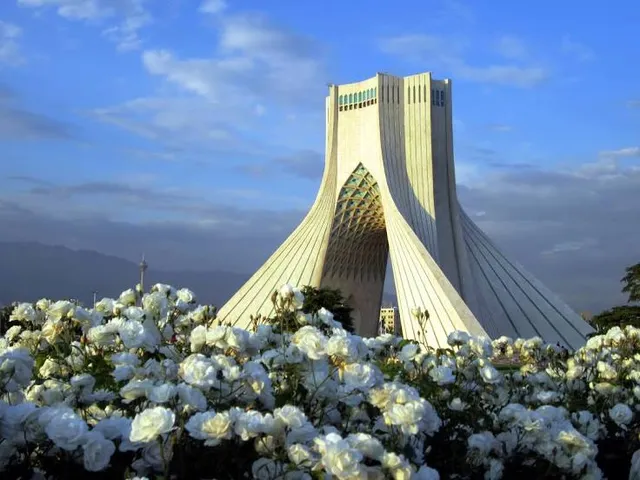
 Learn more insights from Wanderboat AI.
Learn more insights from Wanderboat AI.



